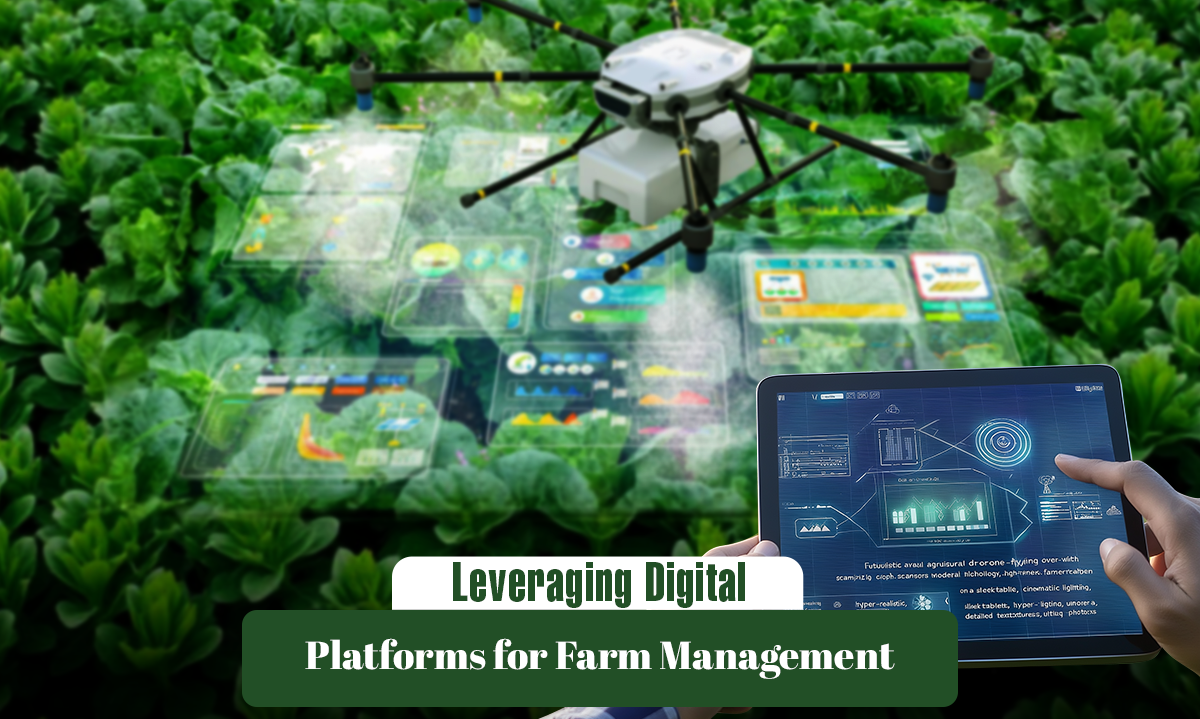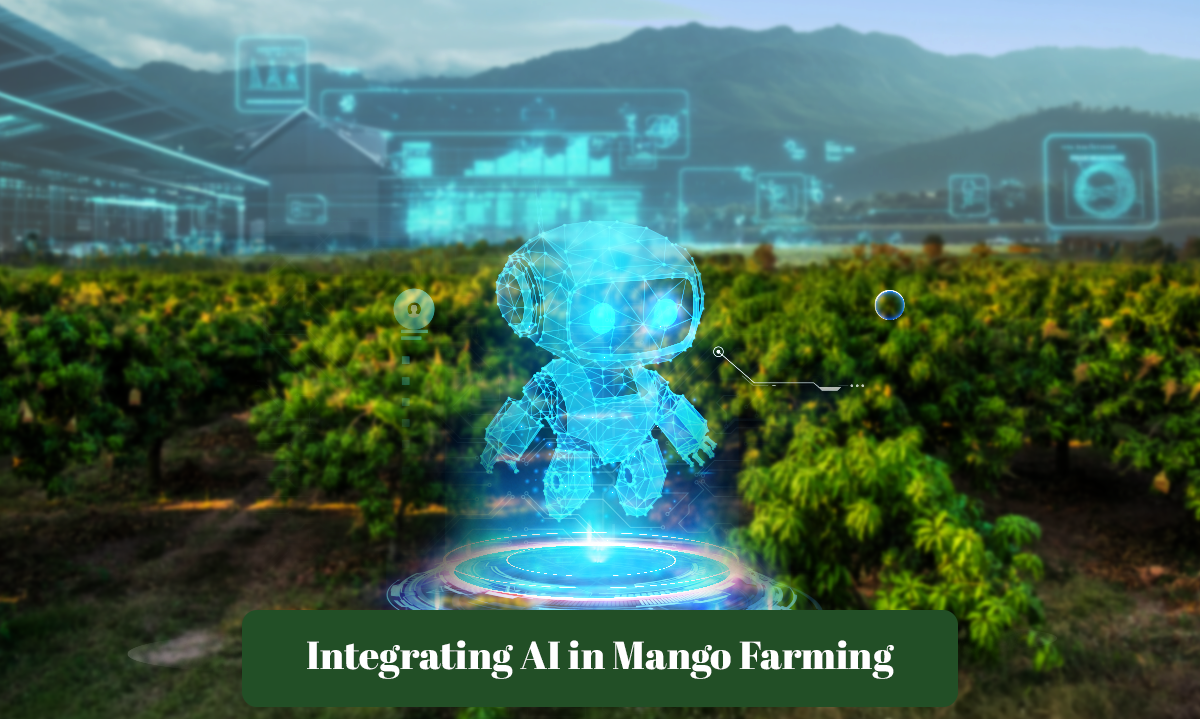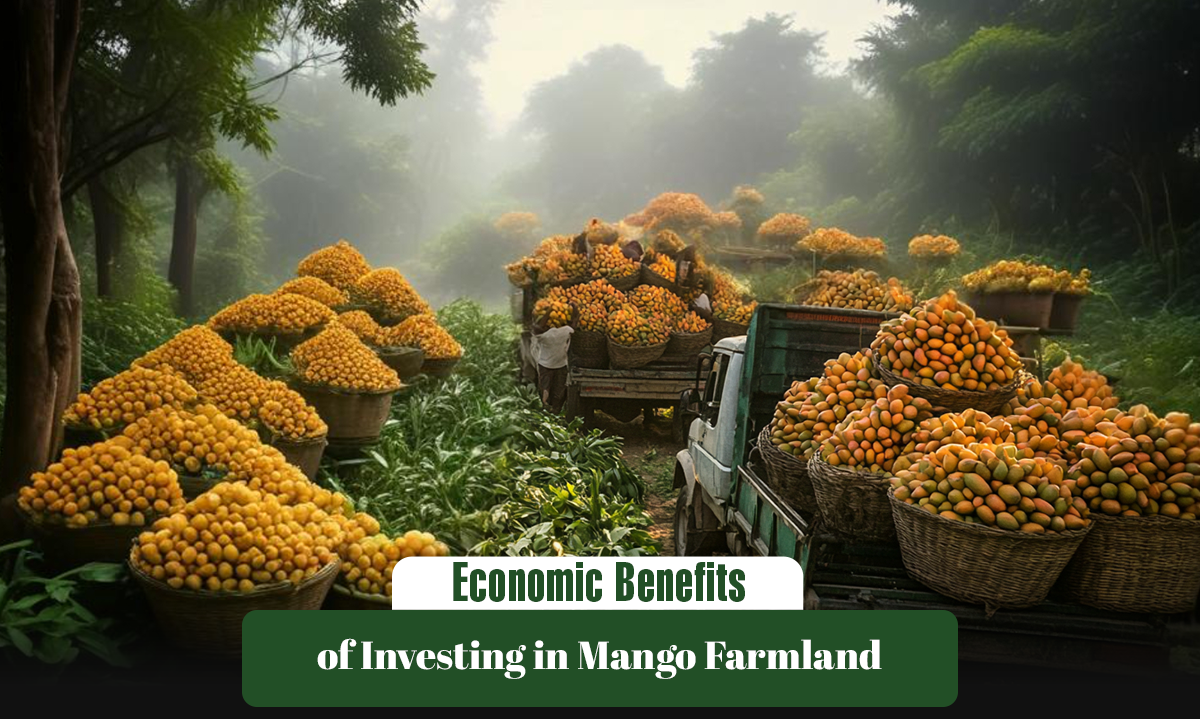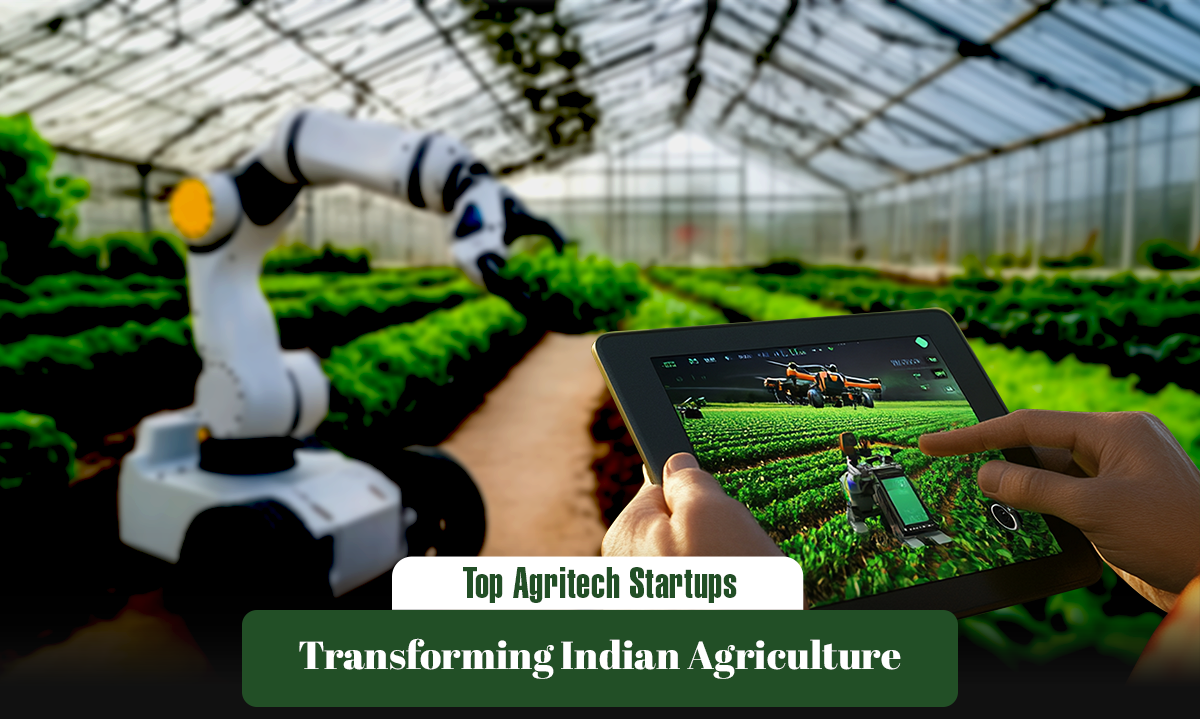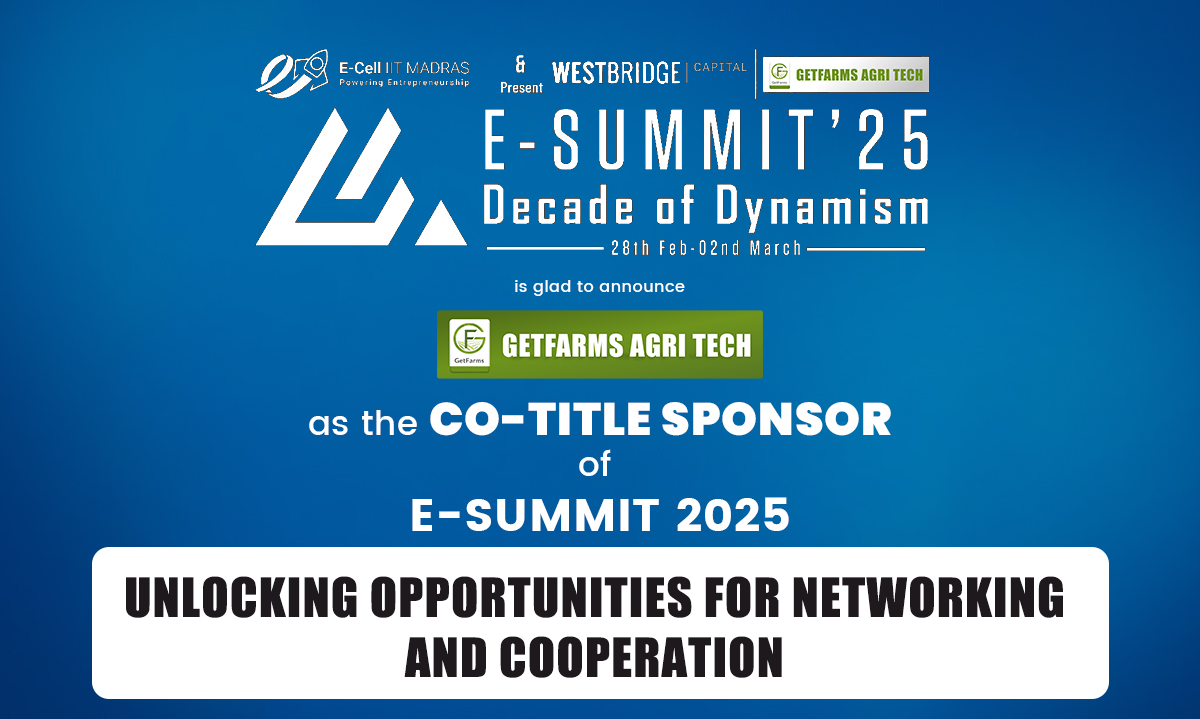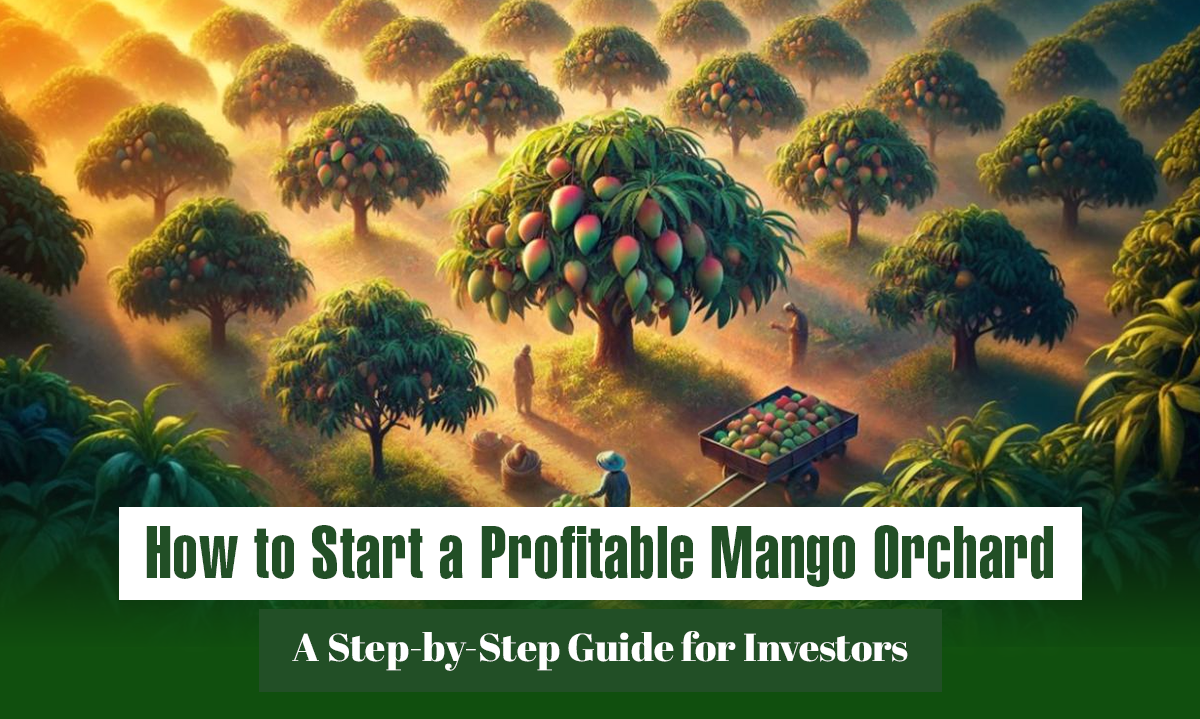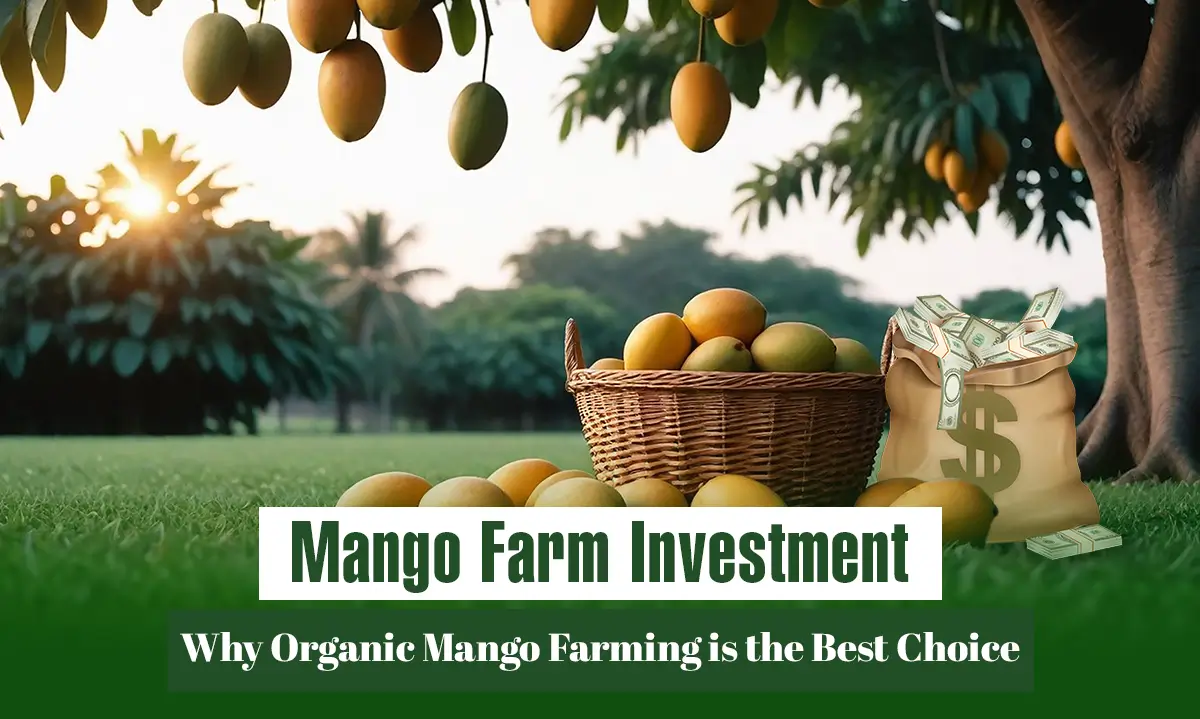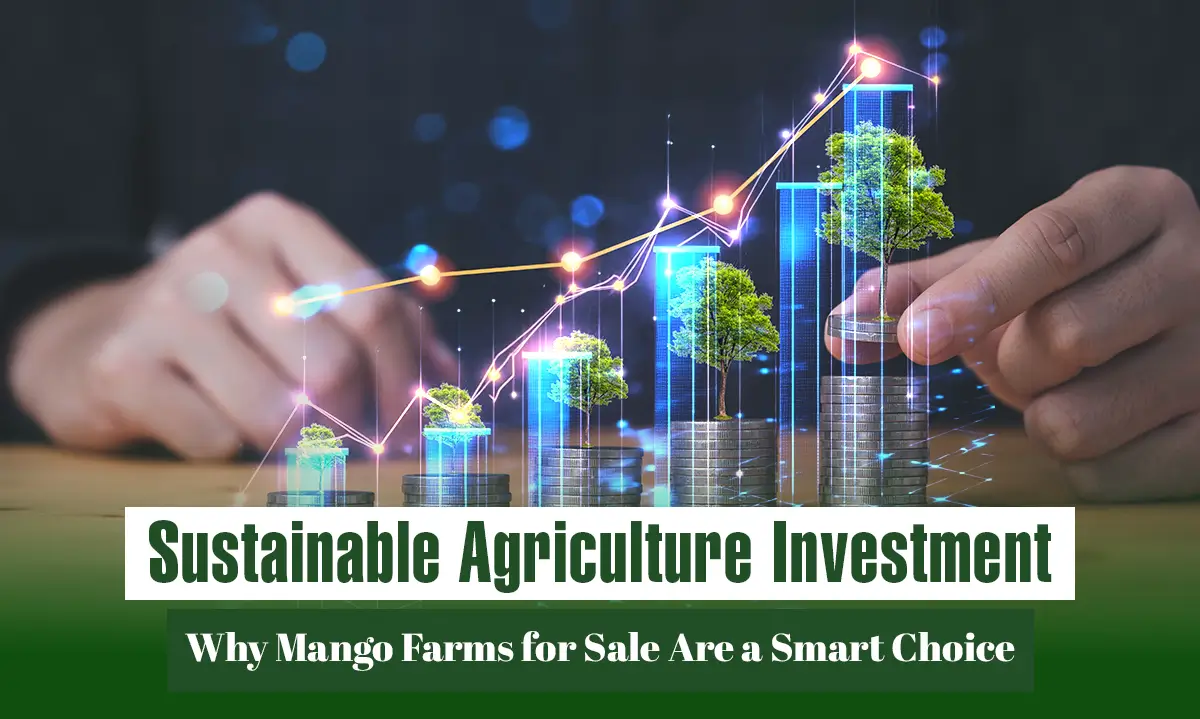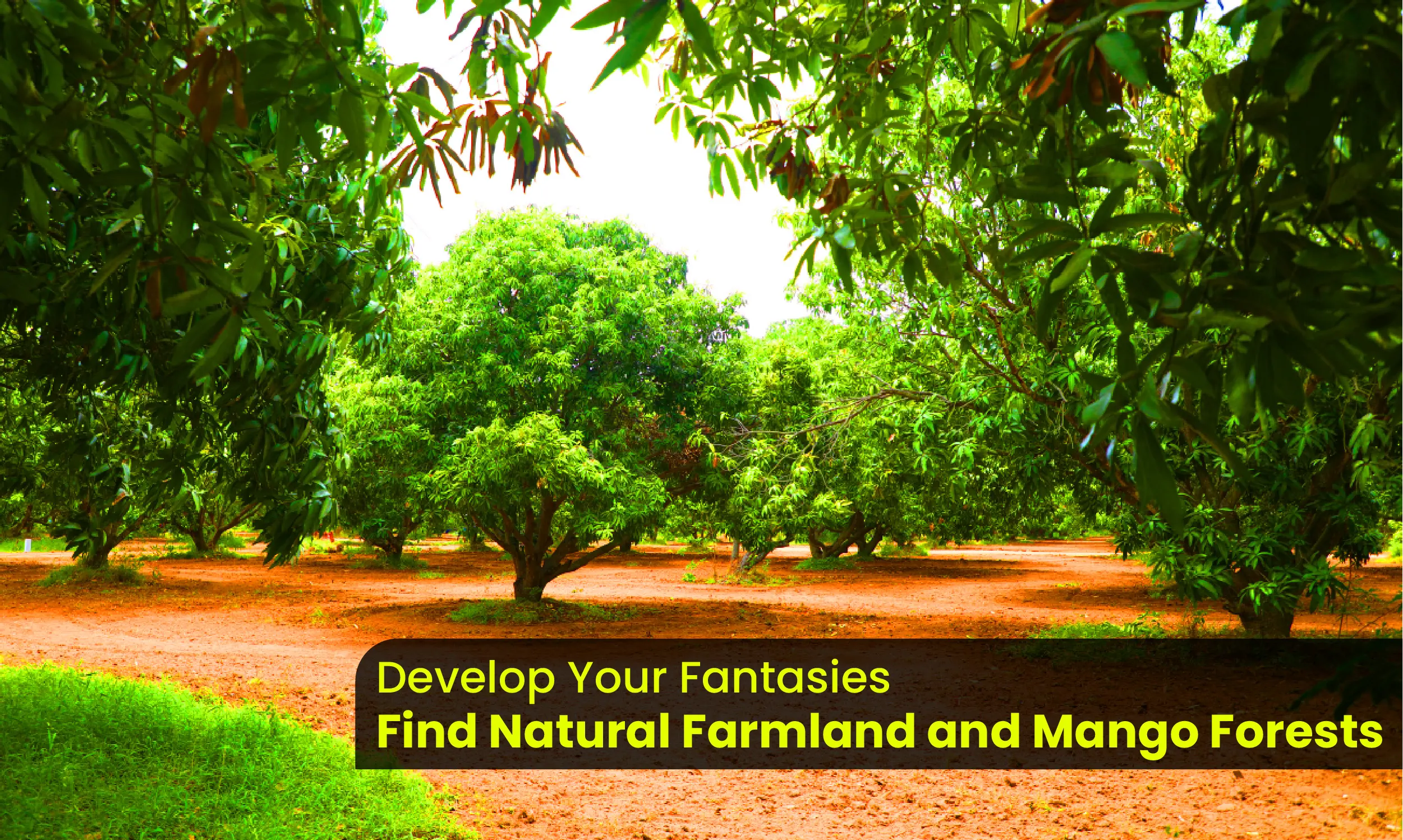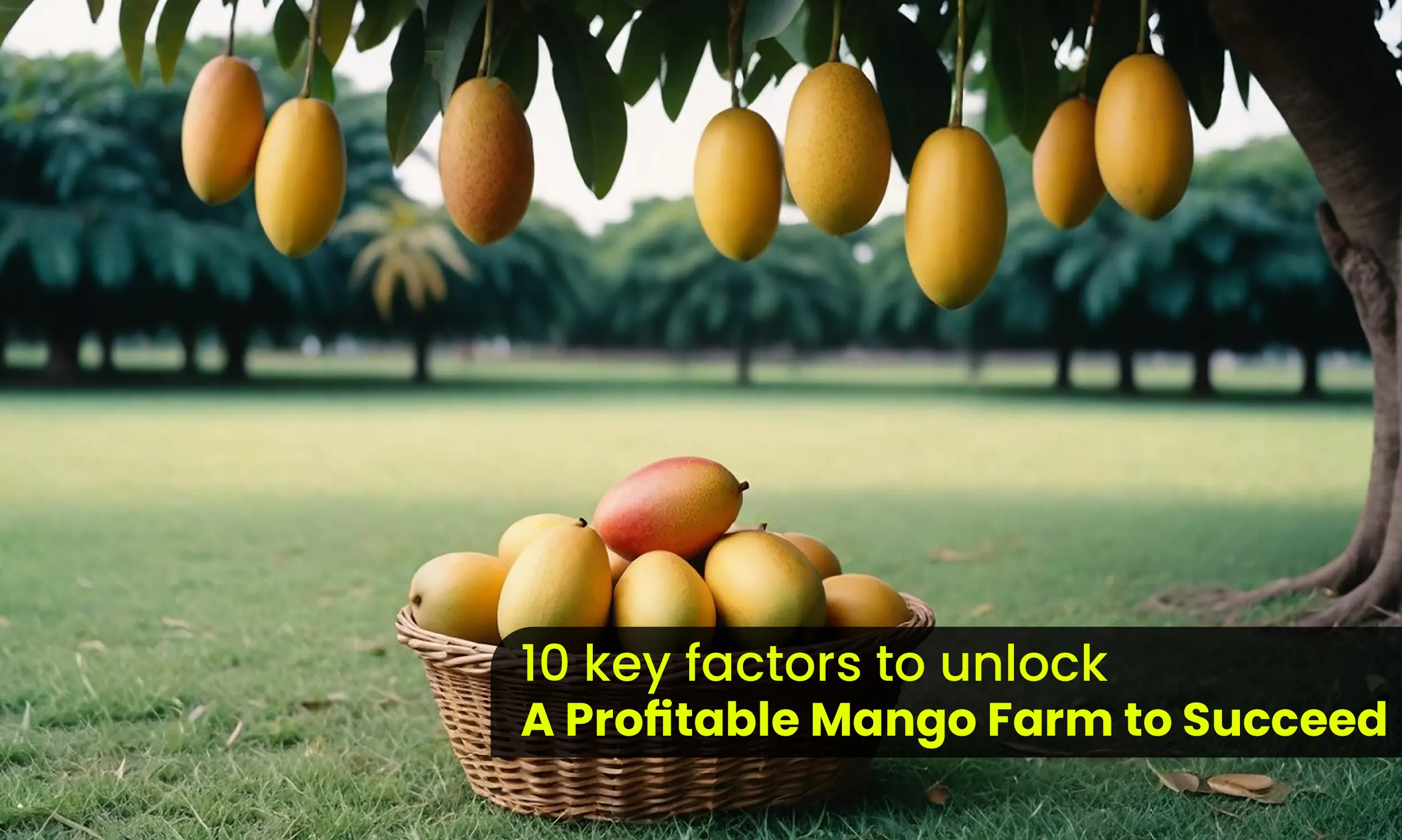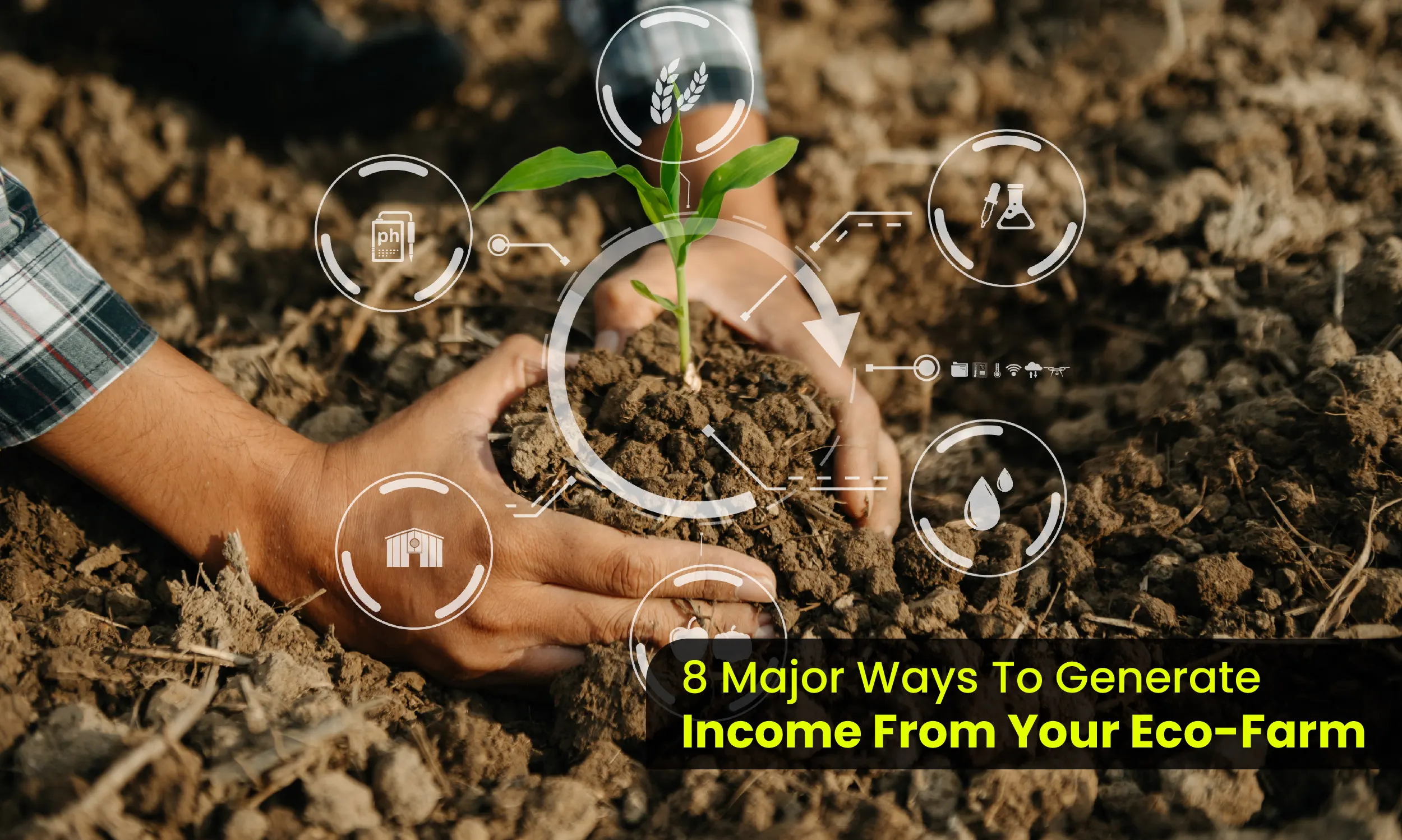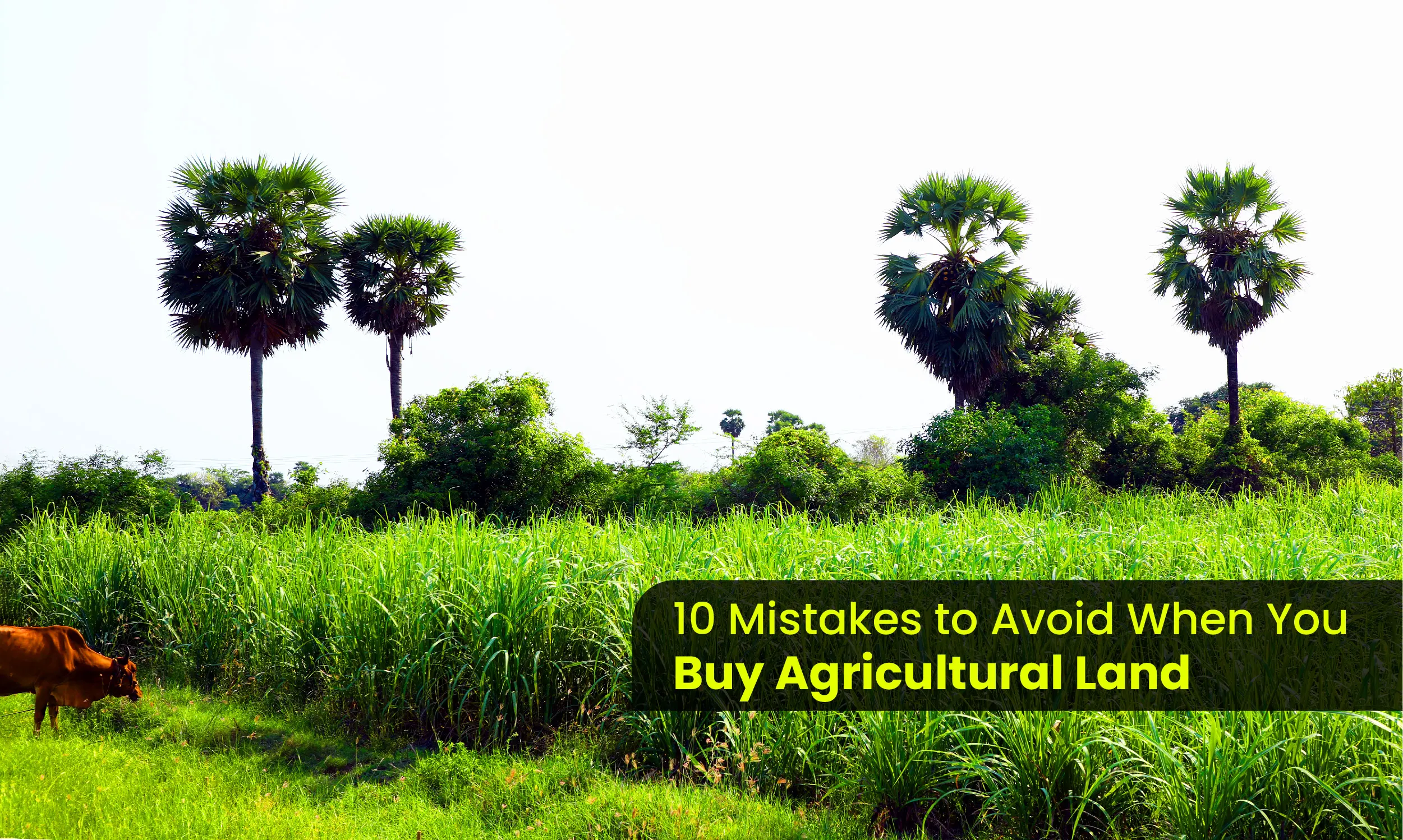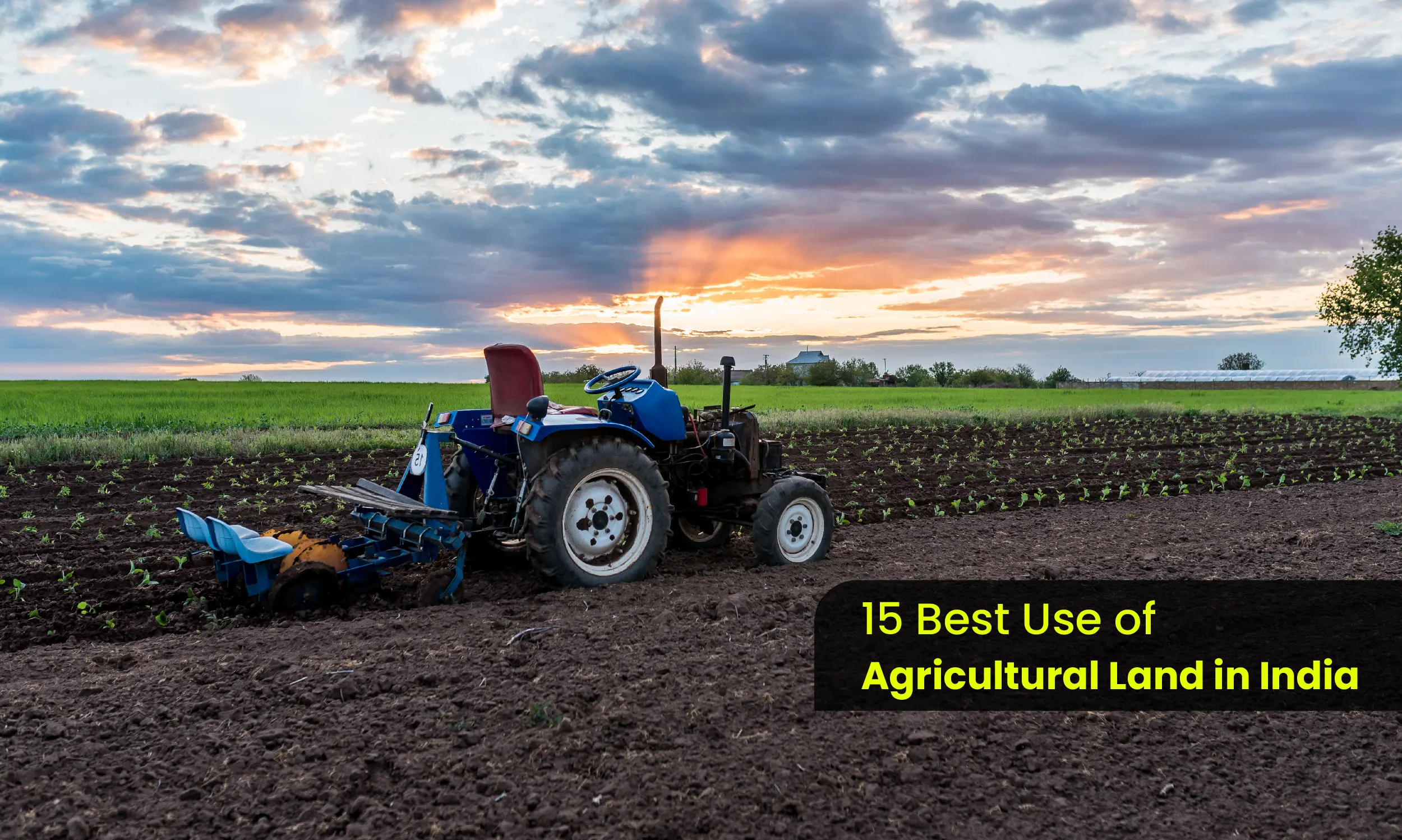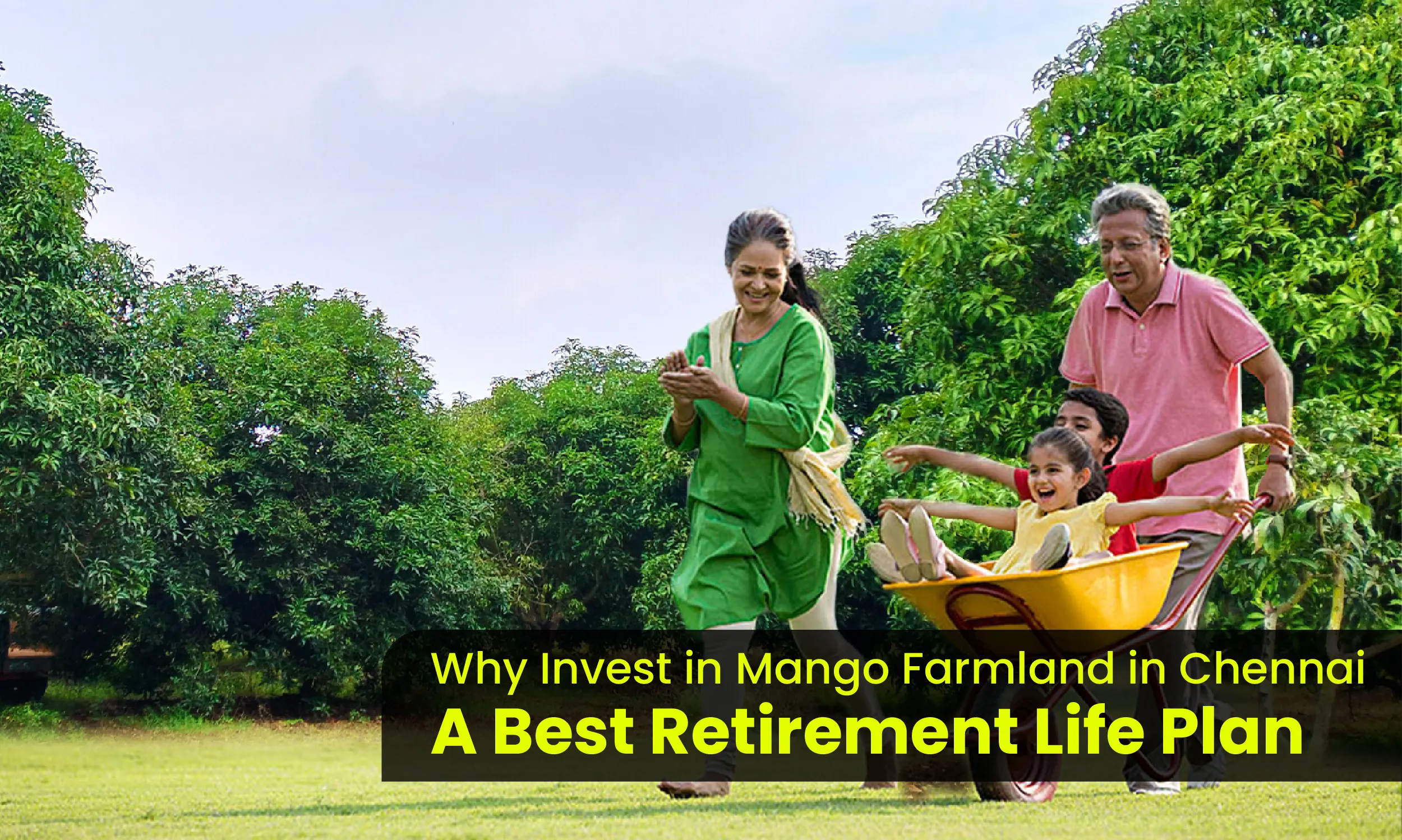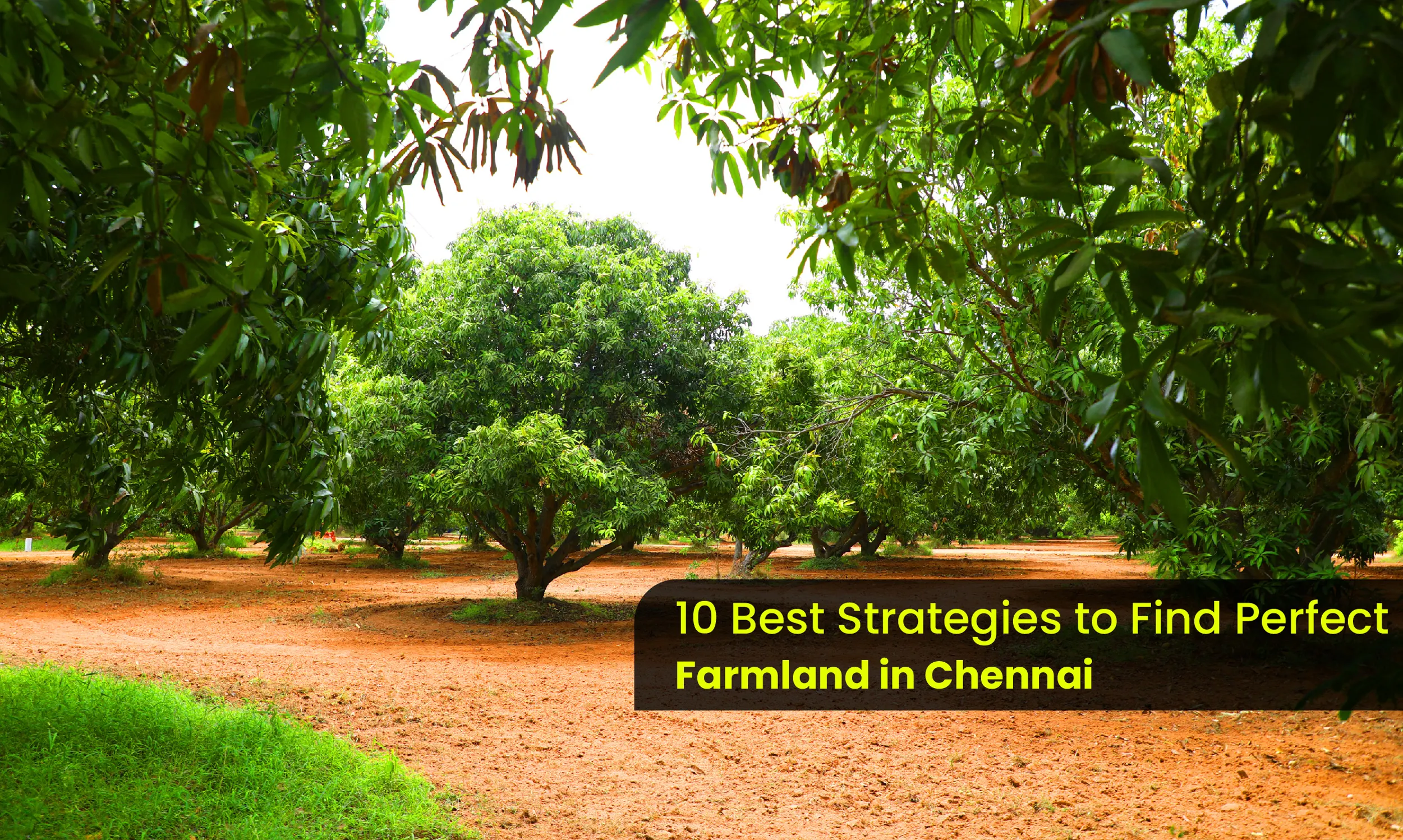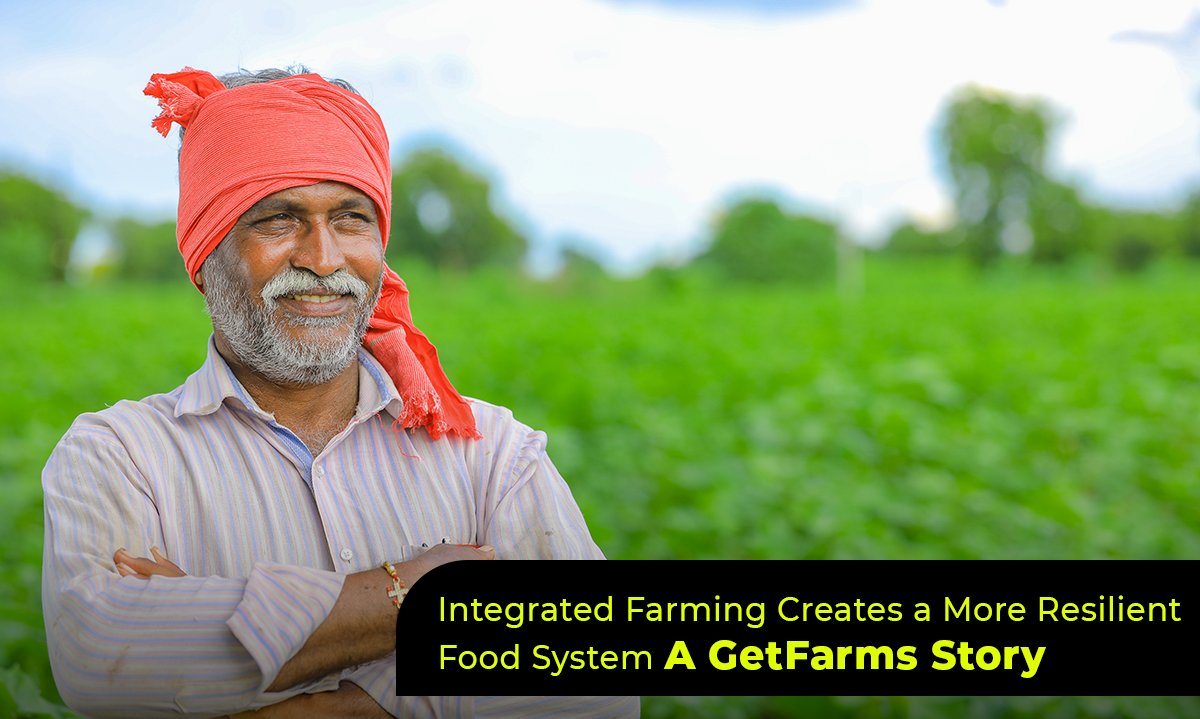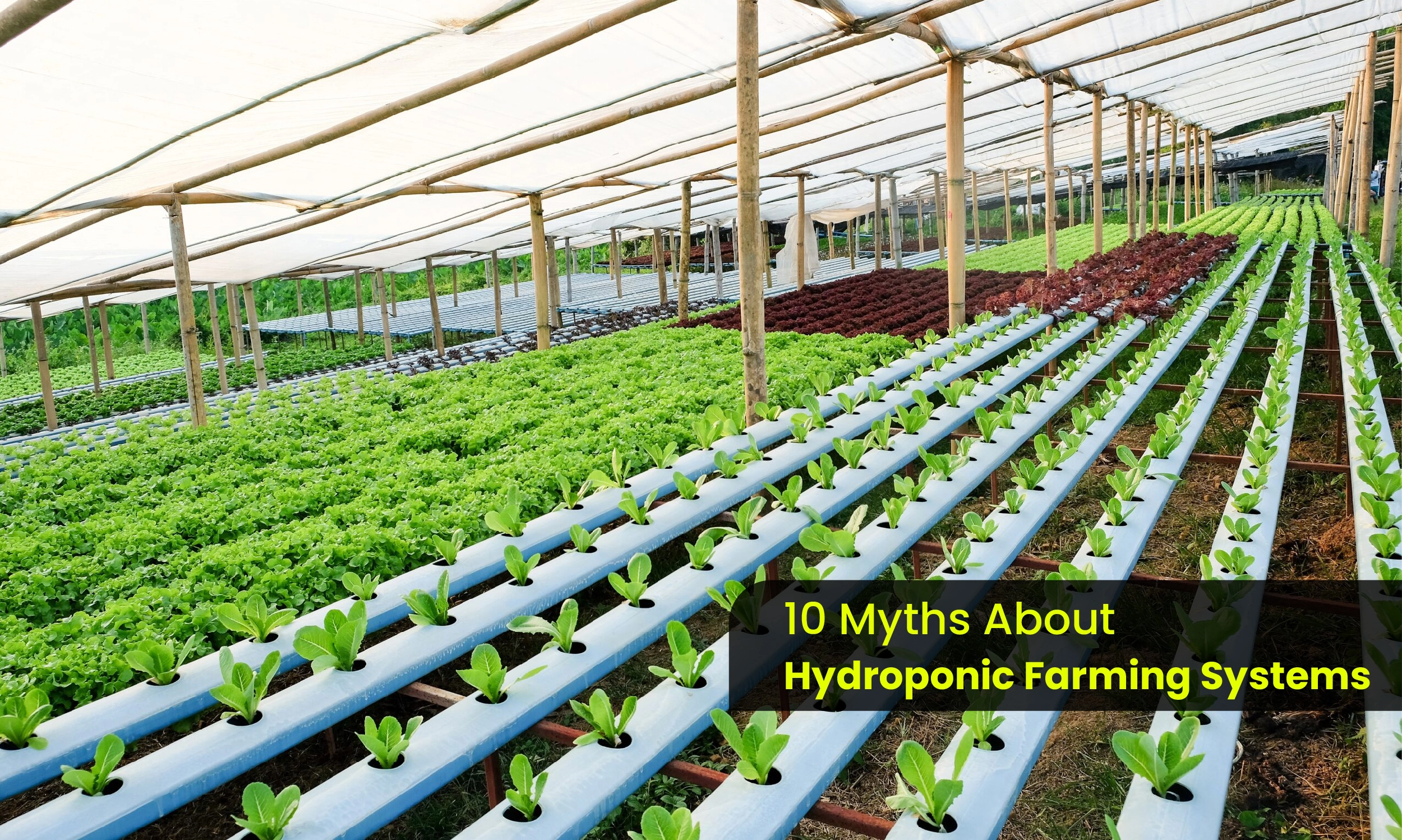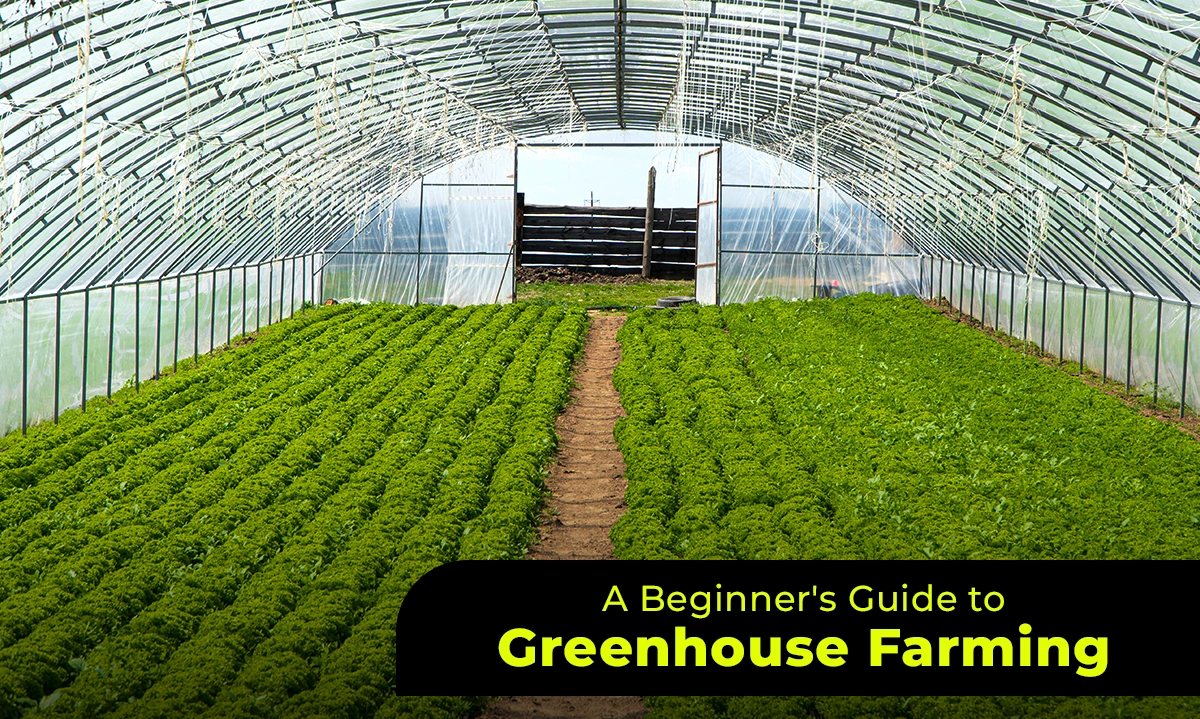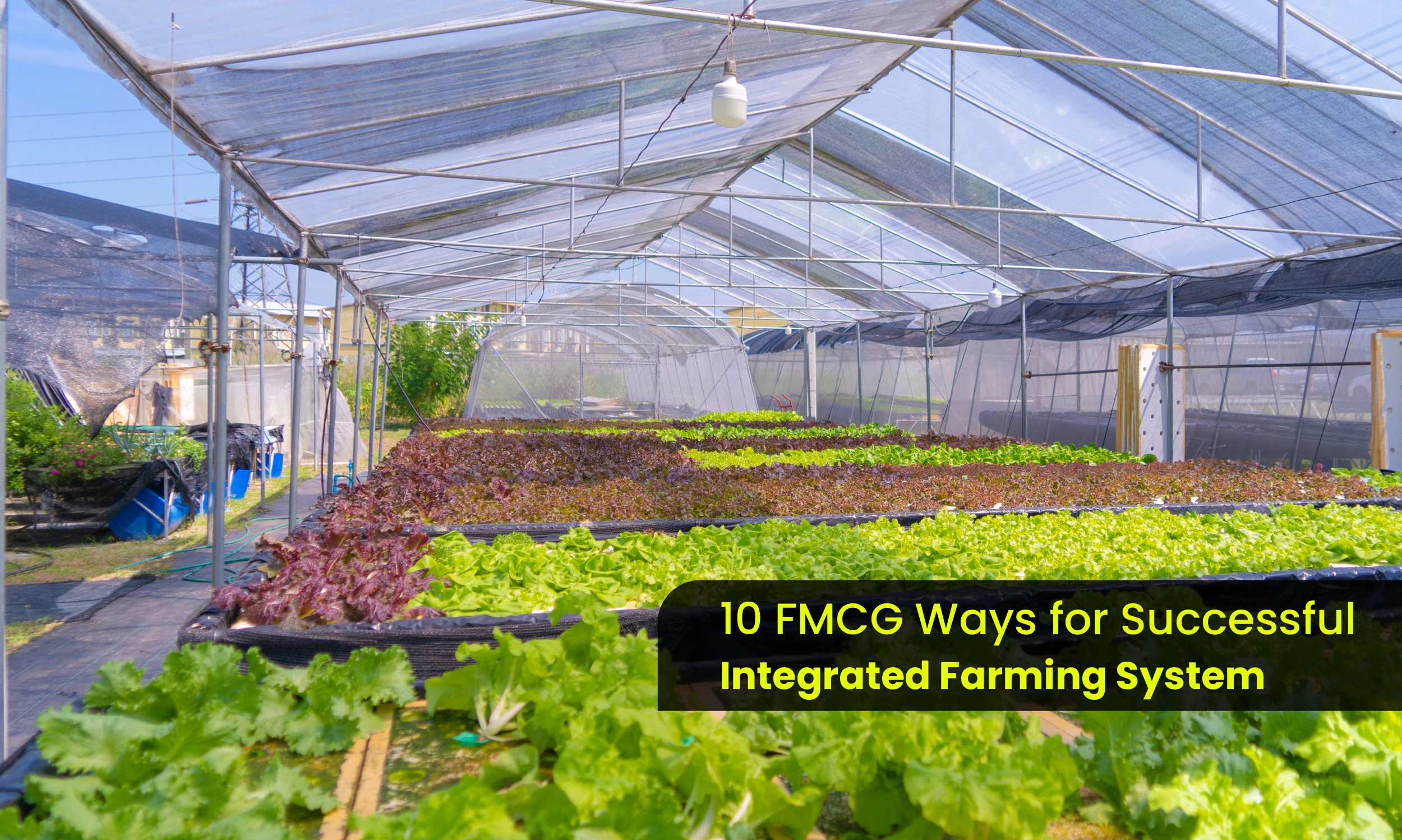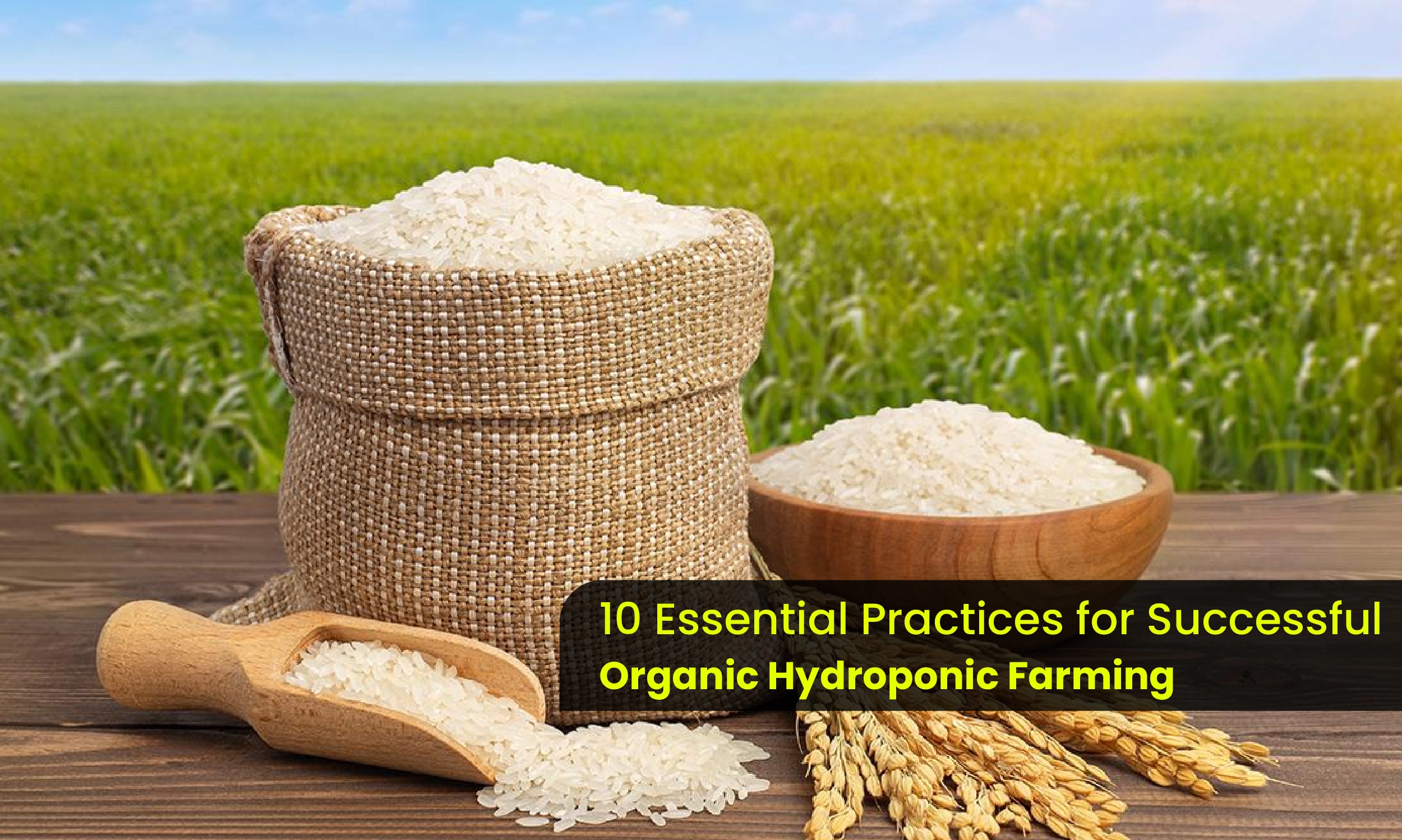ROI Options in Integrated Agriculture Farming: A Bountiful Harvest Beyond Yield
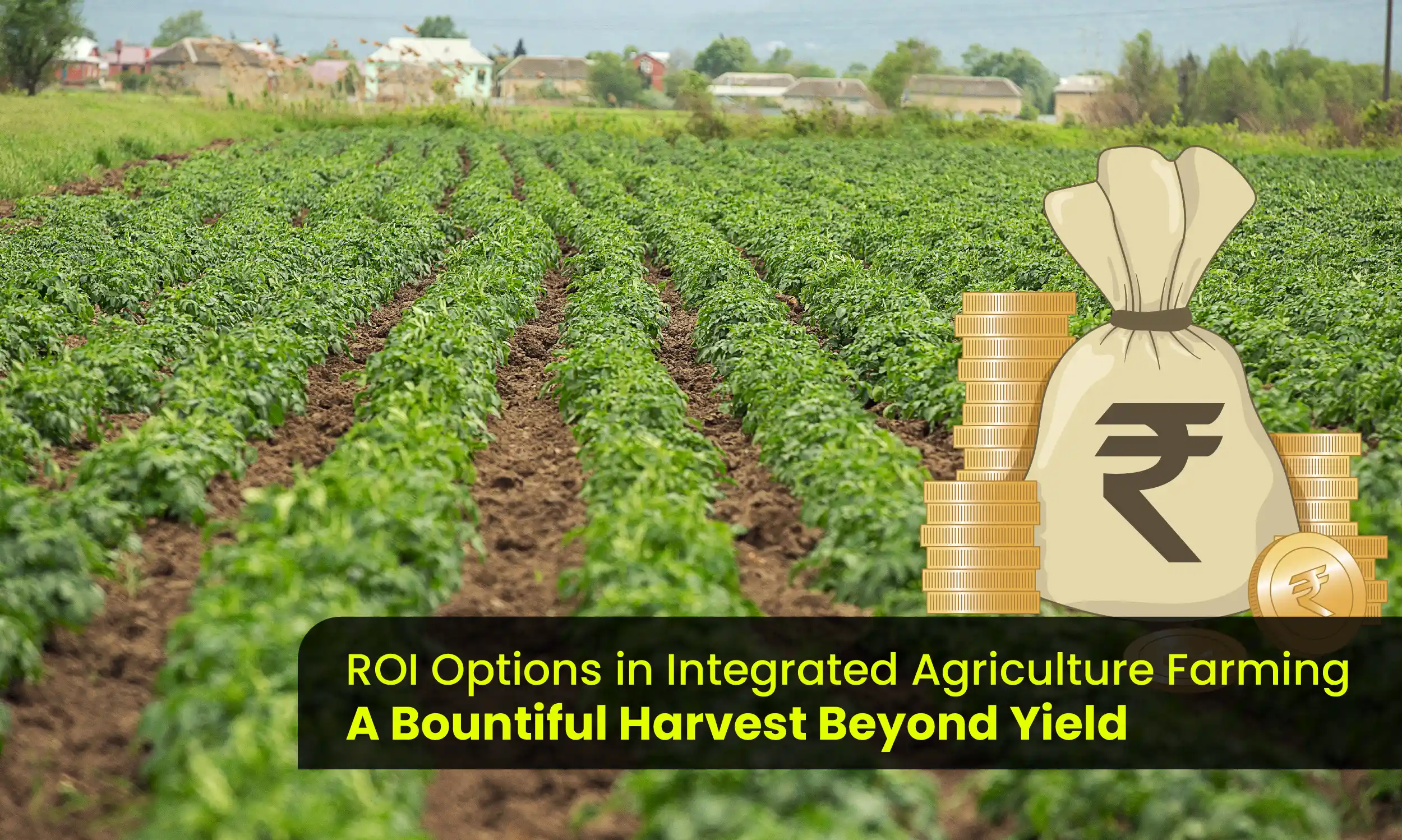
Integrated agriculture farming, also known as an integrated farming system (IFS), is a revolutionary approach to agriculture that transcends the limitations of traditional monoculture practices. By strategically integrating various agricultural components – crops, livestock, fish, and even non-agricultural elements like beekeeping – an IFS fosters a holistic and sustainable ecosystem. This blog delves into the concept of ROI (Return on Investment) within an integrated farm system model, showcasing the diverse ways integrated farming delivers value beyond just crop yield.
The Integrated Farming Systems' Power of Synergy
A harmonic synergy between the components of an integrated agricultural system is its fundamental tenet. Livestock produces natural manure that benefits crops and helps them become less dependent on artificial fertilizers. Crop leftovers and byproducts can then be given to livestock to minimize waste and establish a closed-loop system. Fishponds can be combined, using the wastewater from other parts to irrigate crops and fertilize them with organic matter. Because of this interconnection, resources are used more effectively, and the ecosystem is kept healthier and more balanced.
Beyond Yield: An Array of ROI Alternatives for Integrated Agriculture
Although crop productivity is still an important consideration, integrated farming offers many advantages over this conventional measure. An integrated farm system model provides a wide range of ROI alternatives in the following ways:
Enhanced Profitability: Increased Profitability Diversification of revenue streams is encouraged by integrated agricultural systems. Products produced by the system, such as fish, honey, cattle, and even organic fertilizer, can bring in money for farmers. This lessens reliance on a particular crop and acts as a hedge against changes in the market.
Reduced Reliance on External Inputs: Integrated farms reduce their reliance on outside inputs like chemical pesticides and fertilizers by establishing a closed-loop system. Crop leftovers can be composted or utilized as animal feed, while livestock dung acts as a natural fertilizer. This increases overall profitability by resulting in considerable cost reductions on external inputs.
Better Soil Health: Integrated farming techniques that incorporate livestock and the application of organic matter promote healthy soil that has higher fertility and better water retention. This increases crop yields now and fosters long-term sustainability for harvests to come.
Decreased Environmental Impact: A more ecologically friendly agricultural method results from a reduced need for chemical pesticides and fertilizers. Moreover, integrated farms may lessen their environmental impact by engaging in techniques like agroforestry, which helps sequester carbon.
Enhanced Resilience: Because integrated agricultural systems are diverse, they are more resistant to outside shocks like weather, pests, and disease outbreaks. The remaining parts of the agricultural system can still generate revenue even if one is impacted.
Enhanced Farm Productivity: The efficient use of resources and creation of a balanced ecosystem in integrated farming leads to increased overall farm productivity. Intercropping techniques, for instance, allow for more efficient land utilization.
Examples of Integrated Farm System Models and their ROI
Several integrated farm system models demonstrate the diverse ROI options offered by this approach. Here are a few examples:
Crop + Livestock: This model integrates crop production with livestock rearing. Livestock manure provides natural fertilizer for crops, while crop residues can be used as animal feed. The sale of livestock products like milk, meat, and eggs creates an additional income stream.
Aquaponics: This model combines aquaculture (fish farming) with hydroponics (growing plants without soil). Fish waste provides nutrients for the plants grown in a water-based system. The system produces fish and high-quality vegetables, offering a double revenue stream.
Agroforestry: This model integrates trees and shrubs with crop cultivation and/or livestock rearing. Trees provide shade and improve soil fertility, while also yielding fruits or timber. Livestock can graze under the trees, creating a multi-layered, productive system.
Calculating the ROI of Your Integrated Farm
While the specific ROI of an integrated farm will vary depending on factors like farm size, chosen components, and market prices, there are ways to assess its potential profitability. Here are some key considerations:
Cost Analysis: Calculate the initial investment costs for setting up the integrated farming system, including costs for livestock, infrastructure modifications, and any necessary equipment. Factor in ongoing operational costs like feed, labor, and marketing expenses.
Income Potential: Project the income potential from all the various outputs of the integrated farm, including crop yields, livestock products, fish production, and any additional revenue streams like honey or organic fertilizer sales.
Long-Term Sustainability: Consider the long-term benefits of improved soil health, reduced reliance on external inputs, and increased overall farm resilience. These factors contribute to long-term cost savings and improved profitability.
Investing in the Future: Embracing Integrated Agriculture
Integrated agriculture farming is not just a production system; it's a holistic approach to agriculture that prioritizes sustainability, environmental responsibility, and long-term viability. While the initial investment in setting up an integrated farm system may be higher than traditional monoculture approaches, the diverse ROI options it offers paint a compelling picture. From increased profitability and reduced reliance on external inputs to improved soil health and environmental resilience, integrated farming offers a sustainable and profitable path forward for the future of agriculture.
Taking the First Step: Resources for Integrated Farming
If you're interested in exploring the potential of integrated farming, several resources can help you get started. Research institutions, agricultural extension services, and online communities dedicated to sustainable agriculture often offer valuable information and support. Additionally, consider visiting successful integrated farms in your region to learn from their experiences firsthand.
By embracing the principles of integrated agriculture, you can not only cultivate a bountiful harvest but also contribute to a more sustainable and resilient agricultural future. With its diverse ROI options, integrated farming offers a promising path for farmers seeking to thrive in a changing world.
In Conclusion
Integrated agriculture farming presents a compelling alternative to traditional practices, offering a spectrum of ROI options that extend far beyond just crop yield. By fostering a harmonious synergy between various agricultural components, integrated farming systems promote profitability, environmental responsibility, and long-term sustainability. As the world grapples with the challenges of food security and climate change, integrated farming offers a promising path forward for a more resilient and bountiful future.
Latest blogs
JOIN OUR COMMUNITY !
Stay connected with Getfarms! Follow us on social media for the latest updates, exclusive offers, and a glimpse into the world of farmhouse living. Join our community today
